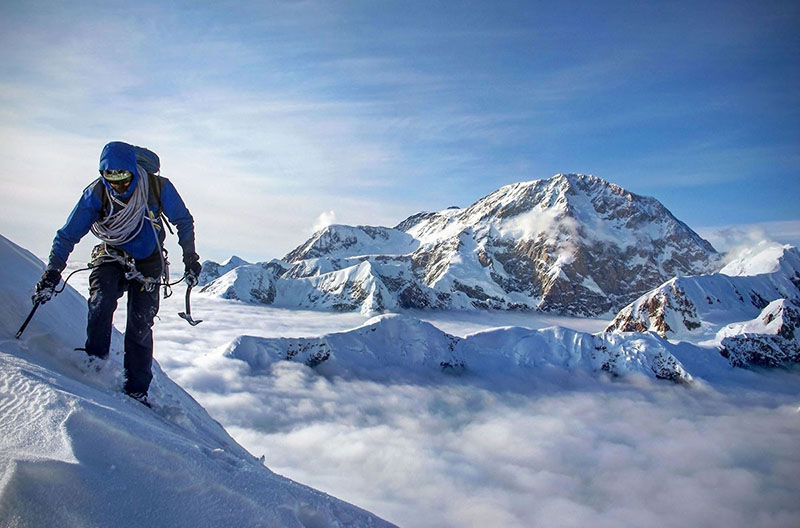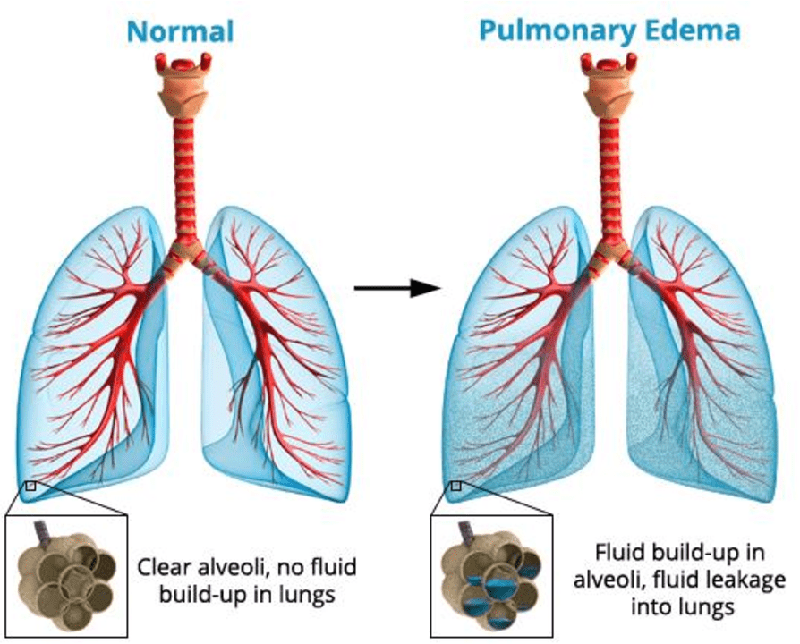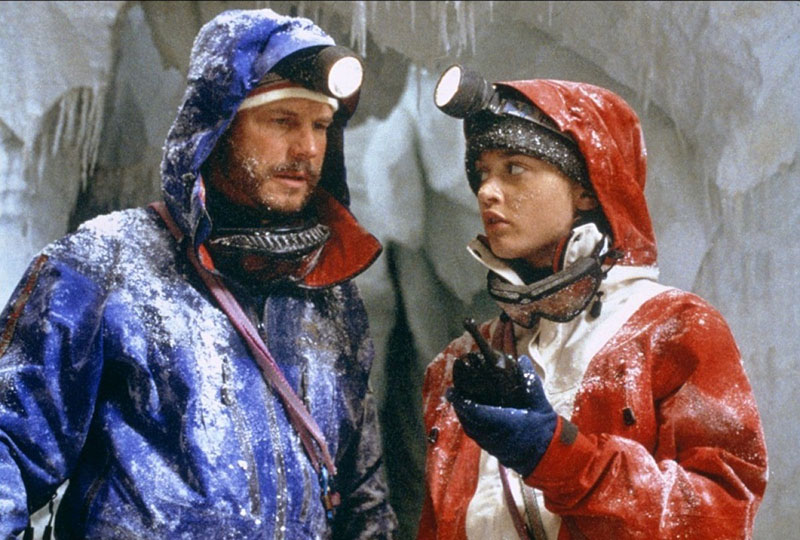
It is common for mountaineers to experience health issues at high altitudes. There are several types of complications including acute mountain sickness (AMS), high altitude cerebral edema (HACE), and high altitude pulmonary edema (HAPE), however; HAPE is the leading cause for high altitude-related deaths. Pulmonary edema is an accumulation of fluid in the lungs and is most often caused by a rapid ascent at an altitude of 2,500 meters (8,200ft) or above. Other factors leading to the sickness include the degree of cold, physical exertion and underlying medical conditions.

HAPE has claimed several lives of mountaineers all over the world. Towards the close of last autumn’s climbing season an American climber, Steven Biem, 47, died on Mt. Ama Dablam. It was confirmed that HAPE was the cause of Biem’s death. According to The Indian Journal of Occupational and Environmental Medicine over 4% of alpinists climbing in the Himalayas and the Alps, ascending at a rate of more than 600 meters (1,970ft) a day, develop HAPE.
Luckily there are several ways to help prevent HAPE. A slow approach and time for acclimatization are the most effective methods. Other methods include sleeping at lower altitudes and avoiding alcohol and sleeping pills. Even if prevention techniques are practiced, HAPE can still occur in otherwise healthy individuals.

Symptoms include coughing, reduced exercise performance, chest tightness and shortness of breath at rest. If these symptoms are experienced it is important to descend in altitude immediately. The best way to treat HAPE is to improve oxygenation. If rapid descent is not an option at the moment, then supplemental oxygen is the next best choice. Certain drugs, such as nifedipine and dexamethasone, can also increase a person’s chance of survival.